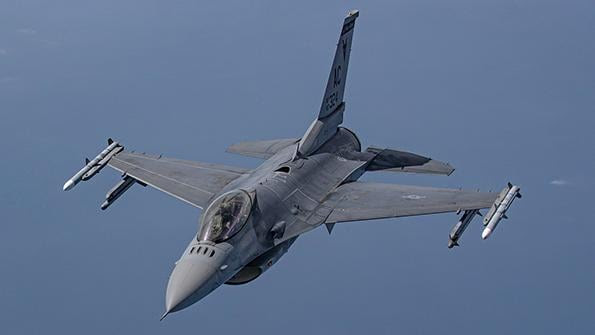I saw this in a 3rd party news in my work email and it has some salient point worthy of reprints.


The one-year anniversary of Russia’s large-scale invasion of Ukraine was marked by a torrent of commentary and events remarking on what the war has meant and speculation about what is in store. For the most part, however, there has been little reflection on how much was incorrectly assessed since late 2021, particularly by persons or institutions who were wrong. That may be one of the biggest lessons of the war that should be taken to heart in 2023 and beyond: Assessments must be better.
It is hard to measure in hindsight what the consensus was, but it is worth reviewing some of the dominant projections and views and just how wrong they were. Here are a few, for example: “Russia would not invade Ukraine.” It did. “If Russia invaded Ukraine, it would only have minor aims in the Donbas.” Its goals were far larger. “Russia would crush the Ukrainian military in a couple of weeks.” It did not.
Western anti-tank weapons such as the Lockheed Martin Javelin and Saab’s NLAW were decisive. They helped Ukraine but did not defeat Russia. Tanks were again pronounced obsolete. Yet Ukraine wants at least 300 tanks, and Poland announced major orders from the U.S. and South Korea. The value of rotary-wing aircraft also was questioned after an initial Russian helicopter assault failed. But then Poland ordered Boeing AH-64 Apaches, and the U.S. proceeded to award a Future Long-Range Assault Aircraft contract to Bell Textron.
Another projection was that sanctions and export controls would crush Russia’s economy. They have imposed costs on Russia, but it is manufacturing weapons that include Western microelectronics, and its economy is not in the gutter.
Some observers said China would not dare help Russia. But it has in minor ways, and China could provide substantially more help in 2023. Some said that Putin would not risk a broader mobilization of Russia or that he would fall. Putin has mobilized more widely, but he has not fallen. Many expected that Ukraine would not be able to mount a major counteroffensive, and yet it has. And there were worries that countries in the Middle East and North Africa would starve and Europe would freeze. Fortunately, neither has happened.
I used to work for a research director who stated that “surprises” were a Wall Street myth. Someone knew if a quarter’s shipments were going to be missed or there was a major cost overrun. A turnaround could be delivering far better results than recognized by outsiders. Bob Lutz of Chrysler discusses this in his book Guts.
“Surprises” also may be a military-geopolitical myth. The U.S. and other European intelligence communities were prescient in warning that Russia would invade. People who had observed Russian military exercises or worked with its military units could attest to its performance. Some individuals know how Russian logistics and maintenance compare with NATO practices and standards. Some know the quality of Ukraine’s officers and soldiers.
Another “surprise” is economic and defense-industrial: In the spring of 2022, analyses noted how dependent Russia’s industry had become on European and Asian machine tools. Coupled with the brain drain of Russian engineers fleeing the country, I thought its defense sector would face insurmountable problems supplying the military.
Clearly, Russia’s defense sector has struggled, but the Royal Services Institute has done excellent work documenting how Western microelectronics are still finding their way into Russian weapons. Data compiled by Matt Klein and published on his blog “The Overshoot” shows that the value of total exports at the end of 2022 were 15% below their monthly preinvasion average.
Some current and emerging narratives on the Russia-Ukraine war are worth probing. One is the provision of Western combat aircraft to Ukraine, notably Lockheed Martin F-16s. The fighters will be provided eventually, I expect, but I doubt they will be decisive in tipping the balance of the war in Ukraine’s favor.
Another narrative is that no end to the war is in sight. I don’t know how this war will end, but wars typically end in a negotiated armistice or cease-fire—the Korean War in 1953, multiple Arab-Israeli wars, Iran and Iraq in 1988 and the Desert Storm conflict of 1991 are all examples. Or they end with the total defeat and collapse of one of the combatants, such as happened in South Vietnam in 1975 and Iraq in 2003.
Surprises are part of war, as 2022 has amply demonstrated, and we are certain to see more surprises in 2023 that confound dominant narratives. Ukraine’s offensive could be highly successful in routing Russian forces. Or Ukraine could lose the armor and other kit supplied to it in a poorly executed offensive against a Russian military that might have learned from events last year.
Contributing columnist Byron Callan is a director at Capital Alpha Partne
I think the difference is startling. We invaded Irag and 6 days the war was mostly done. Russia invades Ukraine and gets pushed back. Not that we could do it again but USA has brought organized violence to a new level. Russia did not get the memo, Ukraine memorized it.
ReplyDelete